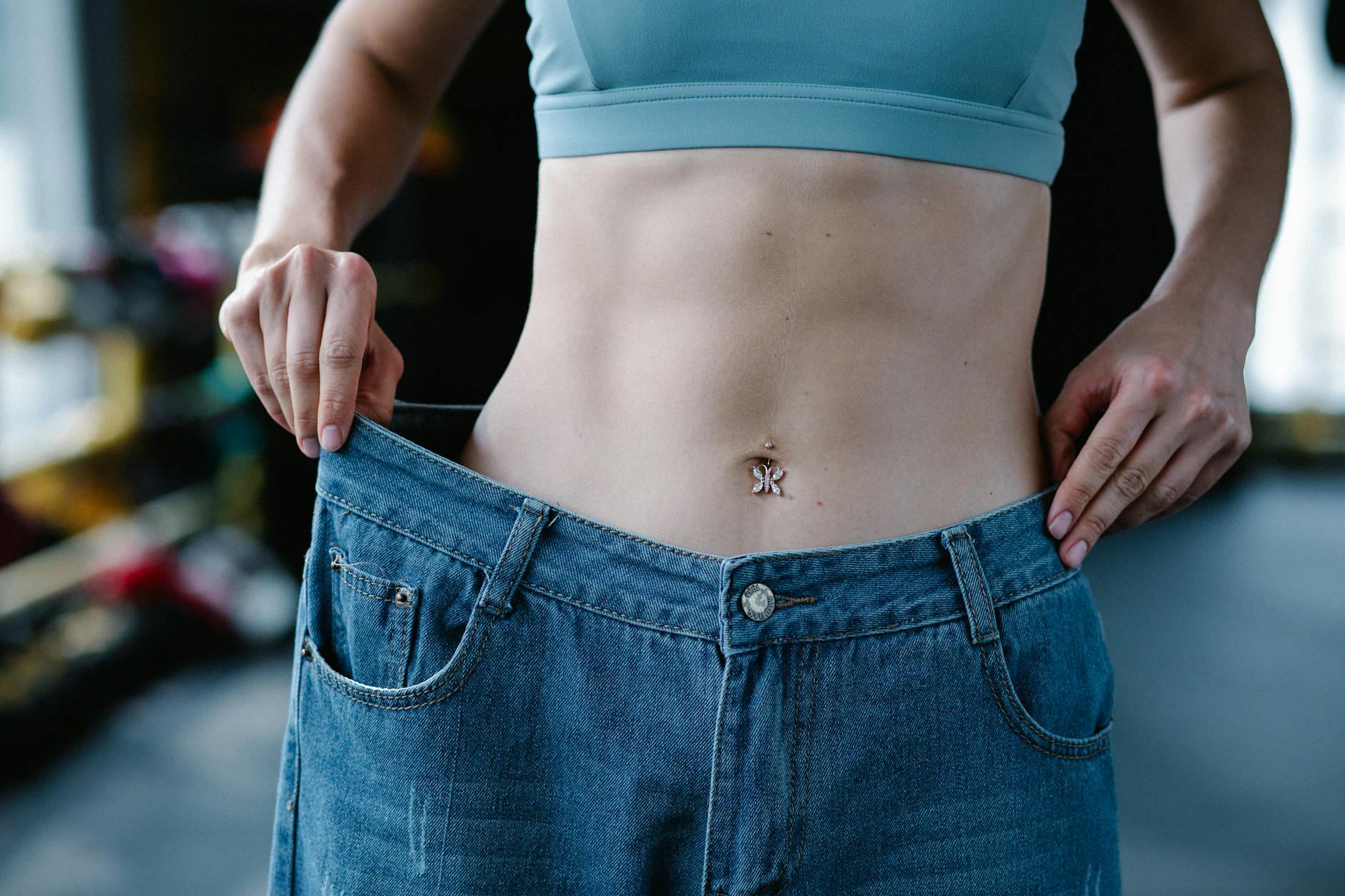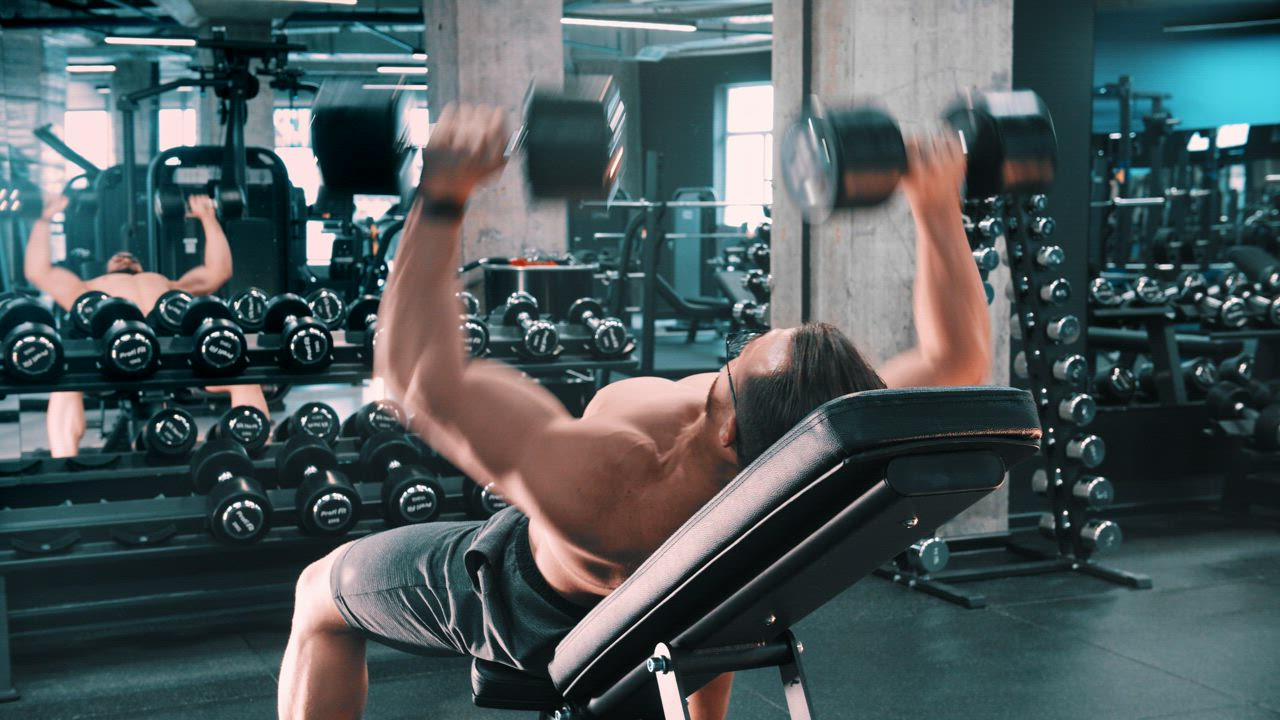Synthol Before and After: The Journey to Bigger Gains


Nearly 30 years after synthol injections first emerged in the bodybuilding world, you’ve probably seen dramatic “synthol before and after” photos online. Those inflated biceps and pumped-up calves can look impressive in pictures. Good news, you’re about to get a clear view of what really happens when you inject this site enhancement oil—and how your results may feel different from what you expect.
Key idea: Synthol can give you instant volume, but the long-term picture often comes with serious trade-offs.
What is synthol and how does it work
Synthol is a blend of 85% medium-chain triglyceride (MCT) oil, 7.5% lidocaine, and 7.5% alcohol. Introduced for cosmetic muscle enhancement in 1996, it’s not a steroid. Instead, it acts like a filler agent in your muscle tissue.
Composition and immediate effect
- 85% MCT oil expands muscle volume on injection
- 7.5% lidocaine reduces injection pain temporarily
- 7.5% alcohol serves as a preservative (and mild antiseptic)
When you inject synthol oil injections into a target muscle, the oil sits between fibers. You see a rapid size increase (sometimes within minutes). That bloat is purely cosmetic. It does not improve strength or muscle function.
How synthol differs from steroids
Steroids trigger real muscle growth by boosting protein synthesis and cell proliferation. Synthol only creates an illusion of size. No matter how many times you inject, you won’t lift heavier or train longer because of it.
Why you might consider synthol
You might be curious about synthol for a few reasons:
- To fix a lagging body part. If your calves or delts never catch up to your biceps, a synthetic boost can even up your physique.
- For photo shoots or contests. Under stage lights, that extra volume can appear more defined.
- To impress on social media. Bigger muscles in your feed might earn likes and follows.
Before you jump in, remember quick gains come with complex trade-offs. Later sections will break those down so you can weigh your options.
What to expect before using synthol
Before you inject, it pays to prepare. Here’s how you can set yourself up safely:
- Do your research. Read medical case reports and user testimonials.
- Talk with a medical professional. Even if it’s not prescribed, get input on infection control and safe injection technique.
- Gather sterile supplies. Needles, syringes, alcohol swabs, gloves and disposal containers.
- Plan your injection sites. Common spots include biceps, triceps, calves and deltoids.
- Understand legal and gym policy. Some gyms may ban injectable oil use on premises.
Being well-prepared can reduce—but not eliminate—the serious risks associated with synthol muscle enhancement.
Synthol before and after: typical results
When you look at a gallery of “synthol before and after,” you’ll see two distinct phases: immediate and long-term. Both can surprise you.
Immediate post-injection “after”
Right after an injection session, you may notice:
- 20–50% increase in muscle circumference (varies by dose)
- Skin stretched tight, veins less visible
- Slight numbness from lidocaine
- Mild soreness once lidocaine wears off
These effects usually last days to weeks, depending on how much oil you use.
Long-term changes and complications
Over months and years, that oil doesn’t absorb. Instead it can cause:
- Fatty cysts (oleomas) forming pockets in your muscle
- Fibrotic tissue replacing healthy fibers (muscle hardening)
- Uneven lumps or “Swiss cheese” texture under your skin
A case report detailed a 29-year-old male bodybuilder who injected 3 mL of synthol into each biceps four times weekly for four weeks (16 injections total per arm). MRI showed cystic fatty lesions and fibrotic changes. He needed surgical removal of the anterior third of his biceps to relieve pain and pressure.
Good news—you can spot early signs of trouble if you stay vigilant. But once those fibrotic changes take hold, you may need surgery.
Injection process and techniques
If you still decide to try synthol, technique matters. Poor injection practices boost your risk of infection, nerve damage and tissue necrosis.
Common injection sites
- Biceps brachii
- Triceps brachii
- Deltoid region
- Gastrocnemius (calf)
Pick one muscle group at a time. Avoid overloading a single site.
Recommended procedure
- Sanitize everything: wash hands, wipe the skin with alcohol swabs.
- Use a fresh, sterile syringe for each injection (never reuse).
- Insert needle into the muscle belly at a 90-degree angle.
- Inject slowly (0.5–1 mL per injection spot) to allow even distribution.
- Rotate injection sites to prevent localized overfilling.
- Dispose of needles safely in a biohazard container.
Even following all steps, you can’t eliminate risks entirely. Proper technique just reduces them.
Potential risks and side effects
Long-term “after” images often show more than bulging muscles. Here’s a breakdown of documented health issues.
| Symptom | Possible cause | Potential fix |
|---|---|---|
| Skin ulceration or infection | Non-sterile injections | Antibiotics, wound care, surgery |
| Oil-filled cysts (oleomas) | Oil deposits between fibers | Surgical excision |
| Fibrosis and muscle hardening | Chronic inflammation | Physical therapy, surgery |
| Nerve damage or numbness | Needle trauma or neurotoxicity | Nerve repair, pain management |
| Oil embolism, stroke, MI | Accidental vascular injection | Emergency care |
| Pulmonary granulomatosis | Hematologic migration of oil | Corticosteroids, hospitalization |
| Hypercalcemia (rare) | Foreign body granulomas | Prednisone therapy |
A 36-year-old woman who used synthol for buttocks augmentation developed severe hypercalcemia and nephrocalcinosis. Investigators linked it to pulmonary granulomatosis from oil migration (a complication never reported before).
Keep in mind that removing synthol permanently requires surgical intervention. Scarring and muscle loss can be permanent.
For a deeper look at documented harms, check out our overview of synthol side effects and synthol bodybuilding risks.
Balancing the trade-offs
You’ve seen both sides of synthol. Here’s a quick comparison to help you decide:
| Benefit | Drawback |
|---|---|
| Instant muscle volume | No strength gain |
| Targeted enhancement | Risk of permanent disfigurement |
| Photo-ready results | Potential for serious complications |
| Quick fix for lagging areas | Requires strict sterile technique |
If lasting muscle growth and health are your goals, consider natural methods instead. Structured training, progressive overload and proper nutrition build real strength and shape.
Next steps if you’re considering synthol
Deciding whether to use synthol is a personal choice. If you lean toward giving it a try, take these actions:
- Consult a qualified medical professional before your first injection.
- Review technical guides on safe injection, like our synthol oil injections tutorial.
- Start with minimal doses and document your before and after progress carefully.
- Watch for early warning signs: nodules, redness, persistent pain.
- Plan a follow-up with a surgeon in case you need oil removal.
Remember, safety protocols can lower your risk but not remove it.
Summary and next step
You’ve explored synthol before and after scenarios, from instant bulges to possible long-term damage. Consider these takeaways:
- Synthol gives cosmetic volume, not real muscle strength.
- Proper technique reduces—but does not eliminate—the risk of infection and disfigurement.
- Many users face oil-filled cysts, fibrosis and even systemic complications.
- Real muscle gains come from consistent training and nutrition.
If quick size is tempting, proceed with caution and expert support. Or choose evidence-backed training approaches and watch your natural strength and shape improve over time. You’ve got the knowledge now, so take the next step wisely.
